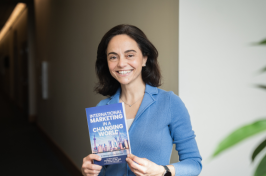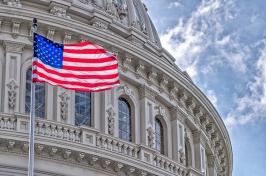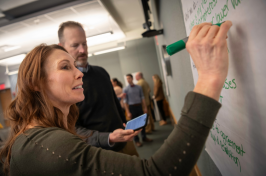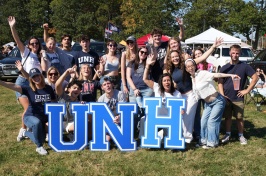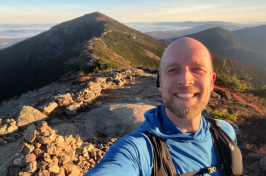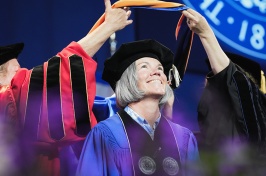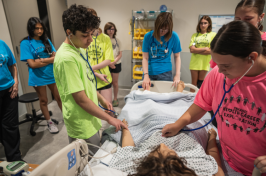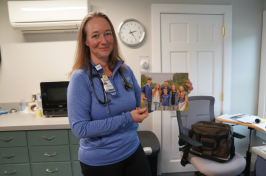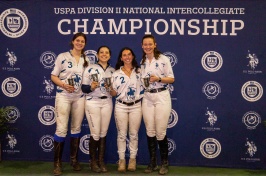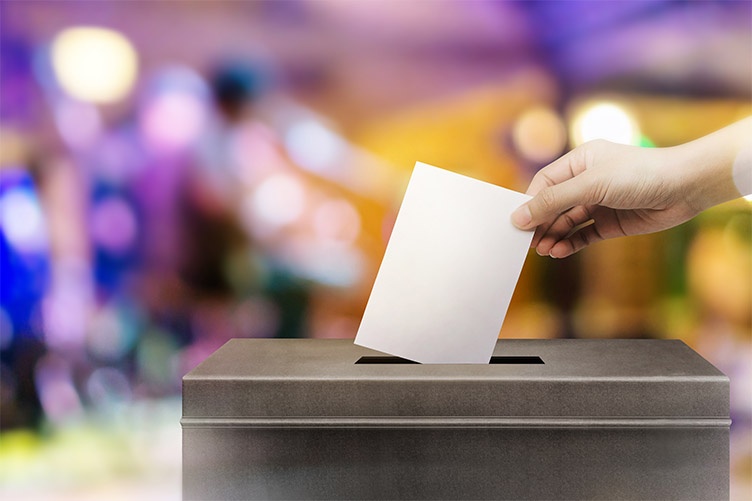
More than 20% of potential voters in the 2020 New Hampshire primary were either not old enough to vote in 2016 or resided somewhere other than New Hampshire, according to new research released by the Carsey School of Public Policy at the University of New Hampshire. In fact, the Granite State’s population is among the most mobile in the nation.
"This migration, coupled with the natural change in the population as young voters come of age and older generations of voters pass from the scene, has produced considerable turnover in the voting population,” the researchers said. “Together, the migrants and those turning 18 in the past four years represent 230,000 potential new voters or about 20% of those eligible to vote in 2020.”
The researchers also found that young voters are more likely to have a liberal ideology than migrants or established voters; nearly 34% of young voters classify themselves as liberal compared to 28% of migrants and 26% of established voters.
Candidates campaigning in New Hampshire as well as political commentators should be careful about characterizing New Hampshire based solely on what happened in past primaries,” they said. “More than 20% of the voters eligible to cast ballots in 2020 could not have participated in the 2016 primary and roughly half of the current electorate could not have voted in 2008. These demographic changes have significant implications for the upcoming presidential primary and subsequent November election.”
The research was conducted by Kenneth Johnson, senior demographer at the Carsey School and professor of sociology; Dante Scala, professor of political science and Carsey fellow; and Andrew Smith, director of the UNH Survey Center and professor of practice in political science.
The Carsey School of Public Policy is nationally recognized for research, policy education and bringing people together for thoughtful dialogue to address important societal challenges. The school develops and facilitates innovative, responsive and equitable solutions at all levels of government and in the for-profit and nonprofit sectors.
-
Written By:
Erika Mantz | Communications and Public Affairs | erika.mantz@unh.edu









